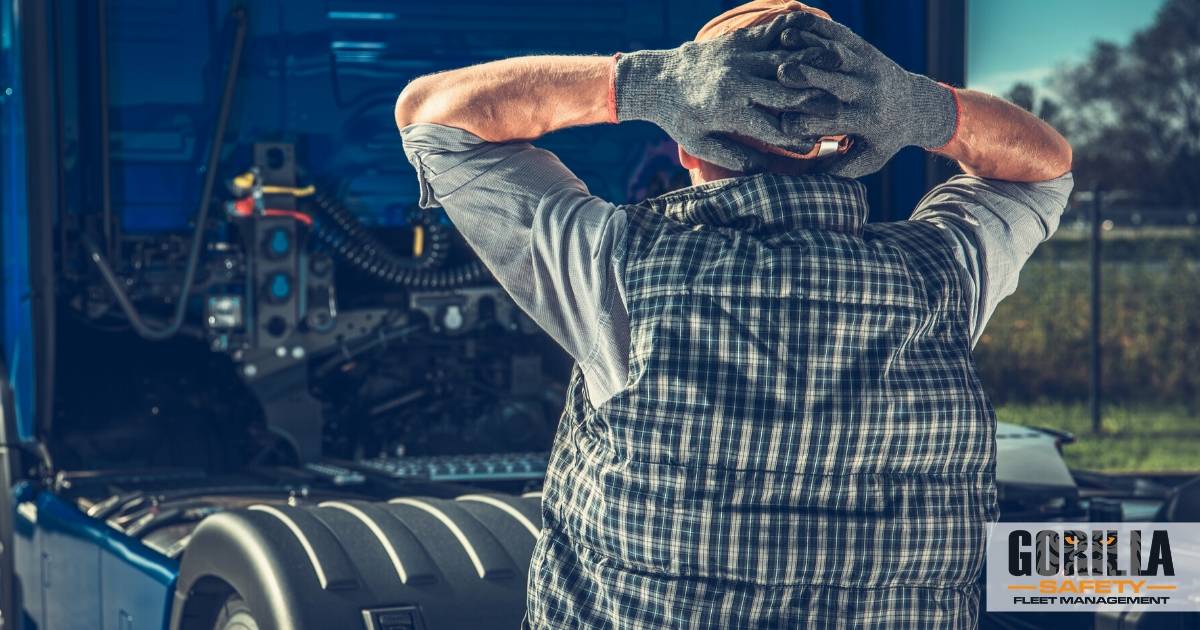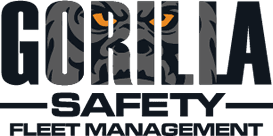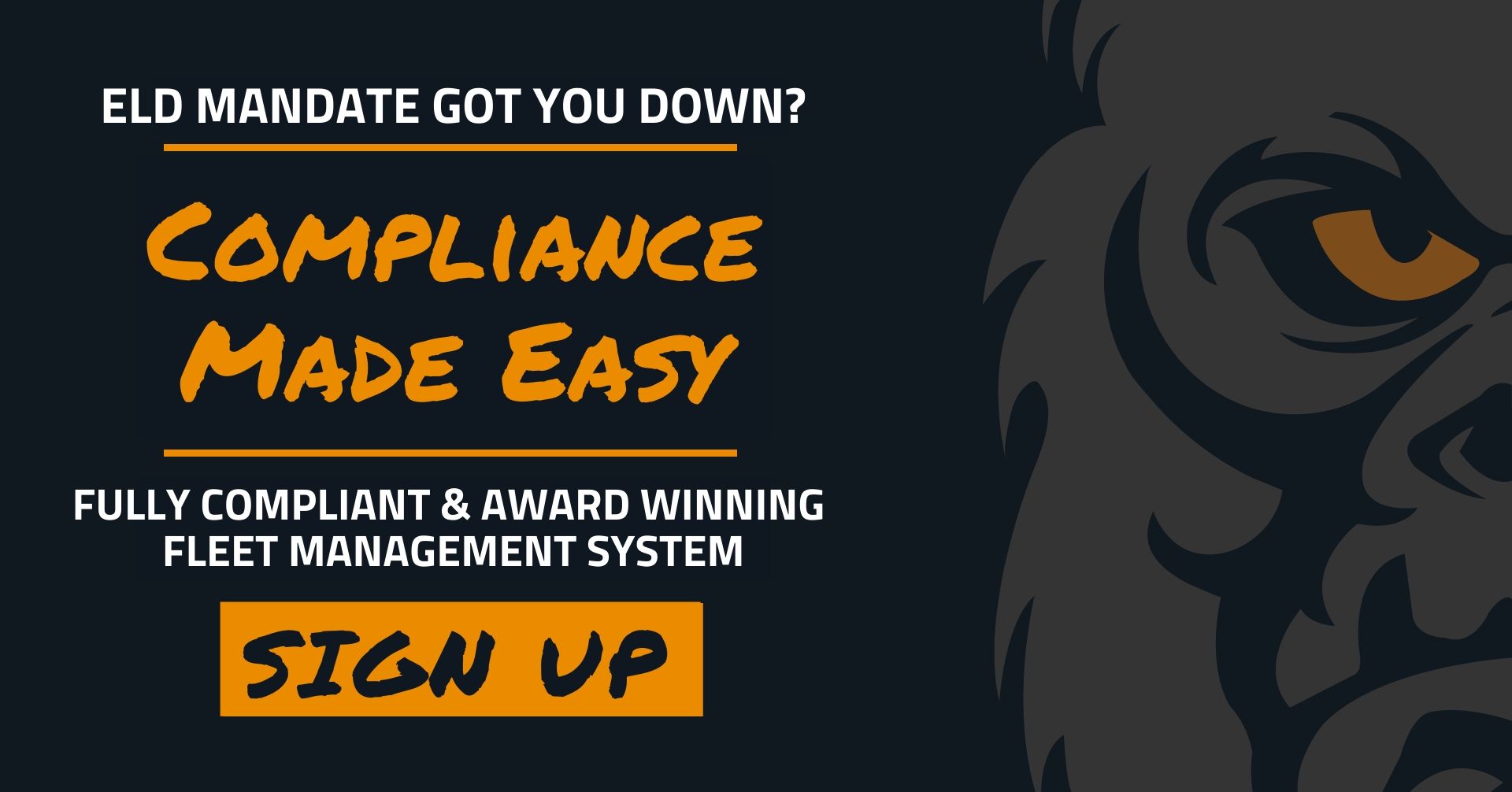
In 2019, over 3.4 million roadside inspections were conducted by federal and state inspectors. Of those, 5 percent of drivers were placed out of service and 20 percent of vehicles were placed out of service. Many of these situations are completely avoidable, as long as you know what to expect in a roadside inspection.
Be Prepared for Roadside Inspections
Set yourself up for success by understanding the different types of inspections and being prepared for them. There are eight inspection levels you may face, but they all ask for much of the same information.
Level 1: North American Standard Inspection: This is the most comprehensive driver and vehicle inspection you may experience. Be prepared for it to take some time to complete. Some of the information that will be requested/reviewed includes:
- Review of your CDL
- Alcohol and drug use
- Medical Examiner (ME) and Skill Performance Evaluation (SPE) certificates
- HOS compliance
- RODS compliance
- Seatbelt usage
- Vehicle inspection report
Level 2: Walk-Around Driver/Vehicle Inspection: This inspection includes all of the required information as a Level 1 inspection but only includes what can be inspected without physically getting under the truck. It’s a slow process but quicker than a level 2 inspection.
Level 3: Driver Credential Inspection: This inspection focuses solely on the driver and not on the vehicle. An inspector will likely look at:
- Review of CDL
- ME and SPE certificates
- HOS compliance
- RODS compliance
- Seatbelt usage
- Alcohol and drug use
- Vehicle inspection reports
Level 4: Special Inspections: This often focuses on review of a specific item, and it is done as part of a study to figure out a trend or as part of a special focus week (such as Brake Safety Week conducted in September).
Level 5: Vehicle Only Inspection: Consider this a level 1 inspection without needing the driver to be in attendance. It’s comprehensive in regards to the vehicle and will take some time.
Level 6: Radioactive Material: For drivers and vehicles hauling radioactive material, this will be very familiar. It’s similar to a Level 1 inspection with enhancements for radiological requirements. This includes the North American Standard Out of Service Criteria for Transuranic Waste and the HRCQ for radioactive material.
Level 7: Jurisdictional Mandated Commercial Vehicle Inspection: Drive a commercial vehicle that doesn’t qualify for inspection under any other level? These vehicles are inspected at Level 7. Examples include limos, courtesy shuttles, taxis, and school buses.
Level 8: Electronic Inspection: This inspection is conducted electronically without stopping the vehicle. You won’t interact with an inspector. The inspection looks for specific information:
- CDL with license class and endorsements
- Validation of driver
- Federal out of service orders
- GPS coordinates
- HOS compliance
- License status
- ME and SPE certificates
- Operating authority
- Power unit registration
- UCR compliance
- USDOT number
What to Do at a Roadside Inspection
The most important thing when you get stopped for an inspection is to stay calm and relaxed. Yes, it can feel like a hassle, and you don’t know how quickly you’ll get back on the road. But if you’re belligerent or rude, your roadside inspector won’t make this easy on you. Remember, inspections are done to keep everyone safe — including you.
Make sure you know how to work your ELD system/app and that you have all of your information available. Systems like Gorilla Safety allow much of your information to be stored electronically so it’s always at your fingertips. This can help speed up the inspection process.
If a problem is found, stay calm. It may be easily resolved, and if it isn’t, take it as a lesson for the future. Pre-trip and post-trip inspection reports and using your ELD system properly can make future roadside inspections much easier.
Have a better roadside inspection experience with a fleet management system that makes compliance easier than ever. Gorilla Safety offers a solution that fits your fleet today and in the future as you grow. Learn how we can take the stress out of future inspections.

